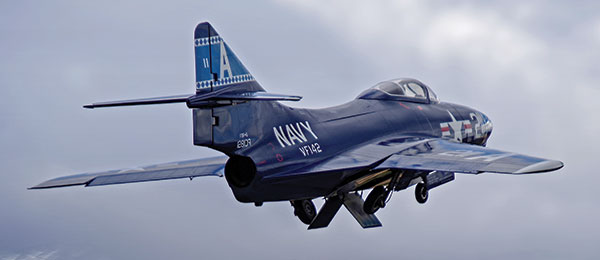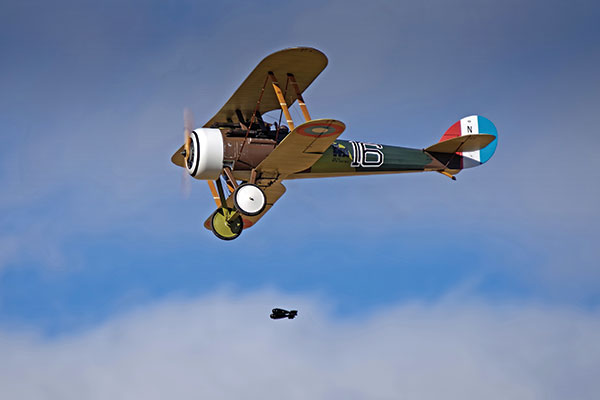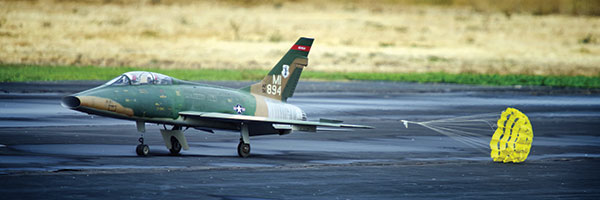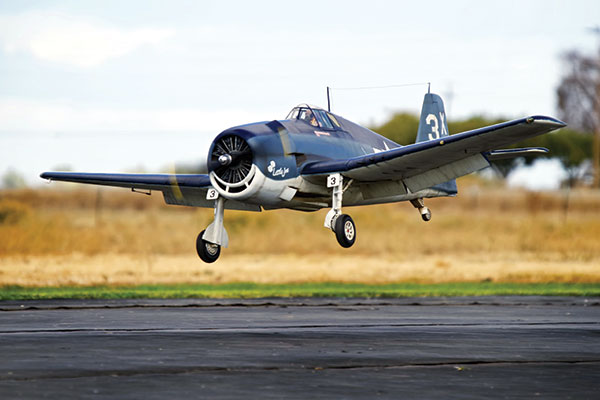2016 U.S. Scale Masters Championships

Written by Jon Barnes Pilots and aircraft contend in California Abridged event coverage Photos by the author Read the full event coverage in the February 2017 issue of Model Aviation.
Bonus photos

Abridged event coverage
The U.S. Scale Masters traces its roots to the year 1976; this past year marked 40 years of competition squarely focused on RC Scale aircraft. This nonprofit organization holds 22 regional qualifying events throughout the year, which culminates in the granddaddy event known as the U.S. Scale Masters Championships (USSMC). The entire competition spans four days. No matter which class a competitor competes in, he or she must provide a documentation package that authenticates his or her model as having actually existed as a real-world, full-scale aircraft. Scale details, on which the judges will statically score the models, include the accuracy of the scale outline of the model and the authenticity and accuracy of its color scheme and markings. The flight component of the competition is where pilots are challenged to fly their models in a manner that as closely as possible replicates the in-flight appearance and capabilities of the full-scale aircraft. Pilots are obligated to perform several mandatory maneuvers, but are also given the freedom to showcase their models’ strong points by freely selecting and flying several maneuvers of their choice.
Dale Lovitt’s Proctor Nieuport 28 featured a working bomb drop mechanism. Dale took sixth place in the Expert class with this biplane.
From a pilot who is still a few years away from being old enough to drive, to pilots old enough to remember when Studebakers were still in production, the ages of the pilots competing at this year’s event covered all ages. The sights, smells, and sounds of turbine-powered models are always crowd favorites. Onlookers were wowed by Shailesh Patel’s jumbo-scale turbine-powered BAe Hawk, the turbine-powered F-16 Falcon, F-100D Super Sabre, and F9F Cougar all flown by the father/son team of Jack Diaz Sr. and Jack G. Diaz Jr., as well as Contest Director Jeff Lovitt’s turbine-powered T-33 Shooting Star.

Jack Diaz Jr.’s familiar JetCat P-160X-powered F-100 was the epitome of scale realism with its rogue parachute deployed on landing. Jack piloted his way to a first-place finish in the Advanced class using this big jet.
One of the most enduring and popular genres of Scale models is the piston-powered warbird fighters. Randy Warkentin’s F6F-3 Hellcat Lil Joe and Edward Becker’s Supermarine Spitifire Mk XIVc were two of the more notable warbirds, both featuring amazingly realistic profiles and authentically weathered paint jobs.

Randy Warkentin’s big Ziroli F6F-3 Hellcat was a crowd-pleaser. Powered by a Zenoah GT80, this model weighs 53 pounds and features Robart retracts and a functional scale exhaust system.
Pilots who enjoy the challenges inherent to Scale modeling and flight, and are interested in joining ranks with those who attended the 2016 USSMC, should make plans now to attend one of the 2017 qualifying events. A definitive guide to the competition, as well as a plethora of information about how the event is judged, can be found on the U.S. Scale Masters website. —Jon Barnes [email protected]










Add new comment